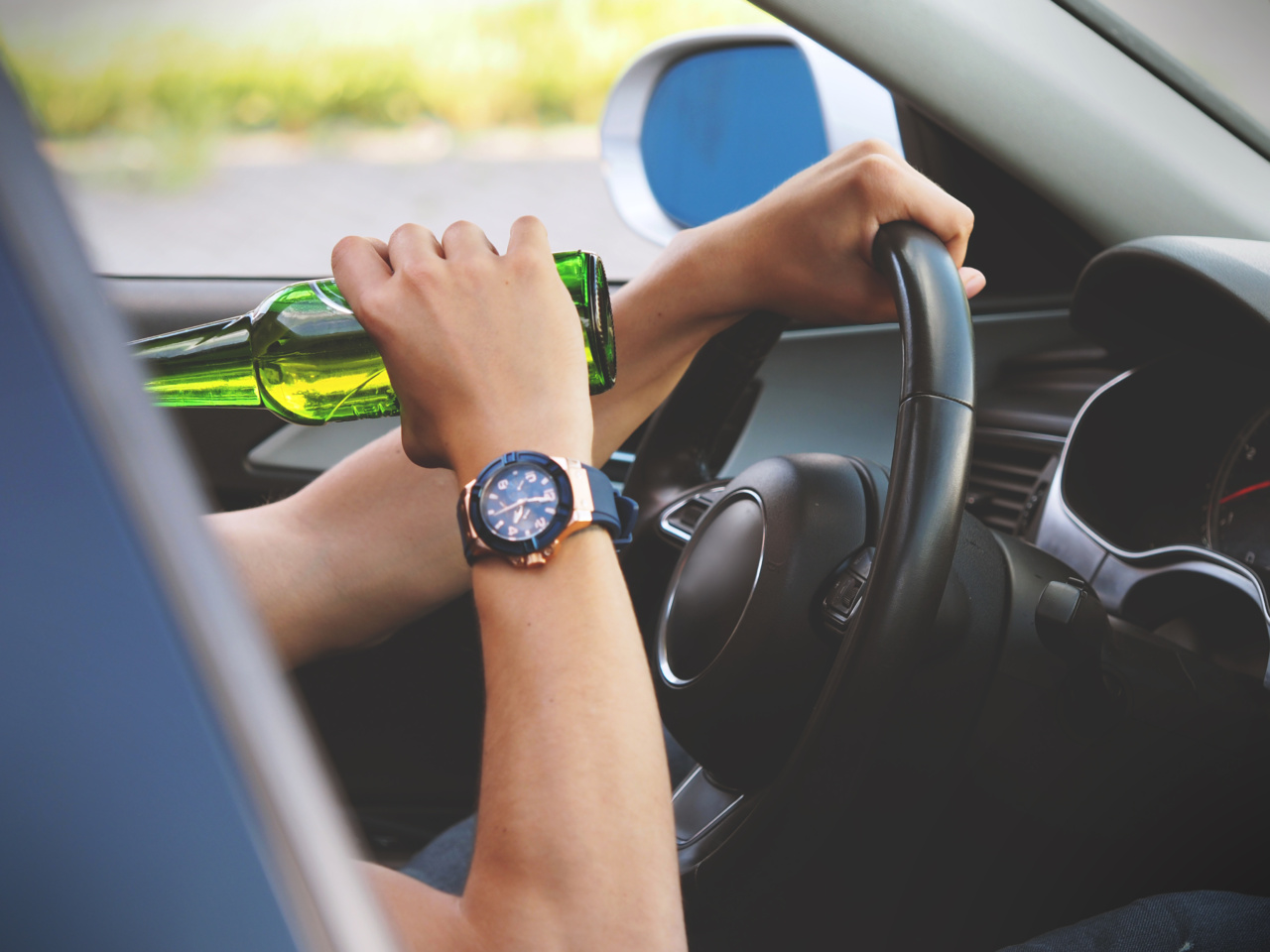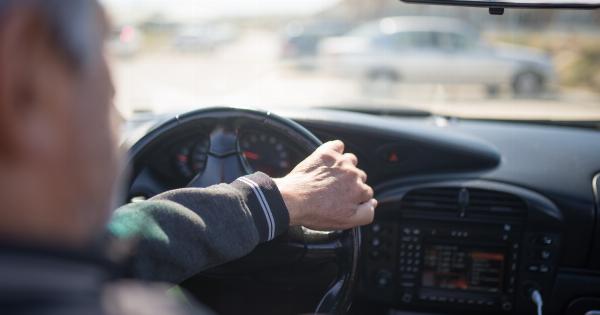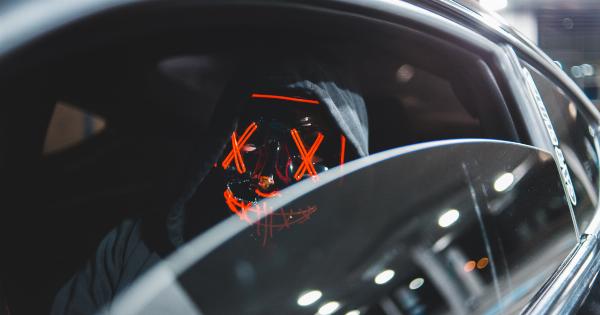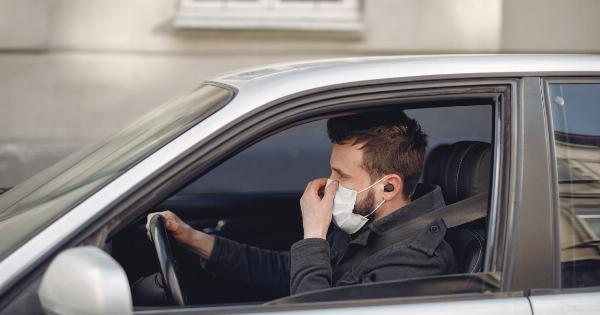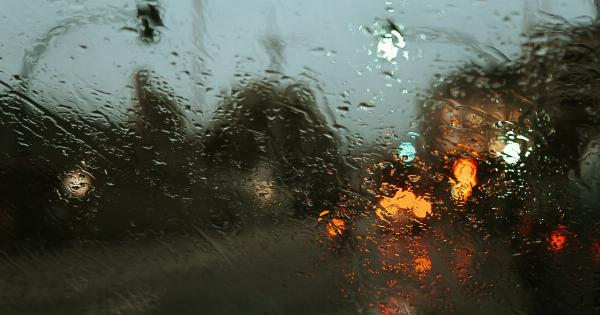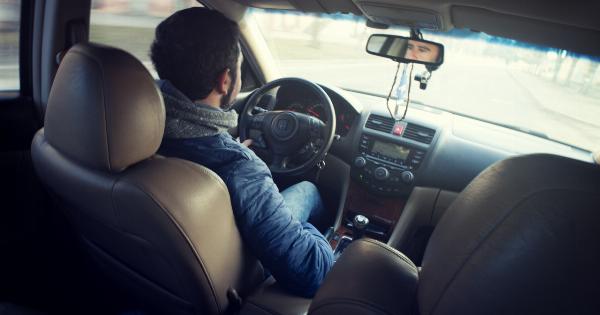Drinking and driving is a dangerous combination that can have severe consequences. Not only is it illegal in most countries, but it poses a serious risk to the driver, passengers, and other road users.
This article explores the dangers of drinking and driving and emphasizes the importance of making responsible choices to keep everyone safe.
The Legal Perspective
Drinking and driving is a criminal offense in almost every jurisdiction around the world. Laws are in place to enforce strict blood alcohol concentration (BAC) limits, which vary between countries.
These limits are set to ensure that drivers are sober and in full control of their faculties while operating a vehicle.
The Consequences
The consequences of drinking and driving can be devastating, both for the driver and for innocent individuals. Alcohol impairs judgment, coordination, and reaction times, making it extremely dangerous to drive under its influence.
Accidents caused by drunk driving often result in severe injuries or fatalities, forever altering the lives of those involved.
Physical Impairment
Alcohol acts as a depressant that affects the central nervous system, resulting in a range of physical impairments. These impairments include reduced coordination, blurred vision, poor concentration, and slowed reaction times.
Even small amounts of alcohol can impair a driver’s ability to operate a vehicle safely.
Increased Risk of Accidents
Driving under the influence significantly increases the risk of accidents. According to the National Highway Traffic Safety Administration, alcohol-related accidents account for nearly one-third of all traffic-related deaths in the United States alone.
The impaired judgment and reduced control caused by alcohol make it more likely for drivers to make risky decisions and engage in reckless behavior on the road.
Legal Consequences
Aside from the potentially devastating physical and emotional consequences of drunk driving accidents, there are also severe legal consequences.
These consequences can vary depending on the jurisdiction and the severity of the offense but commonly include fines, license suspension, mandatory alcohol education programs, and even imprisonment. Repeat offenders face even harsher penalties.
Avoiding Drunk Driving
The best way to avoid the dangers associated with drinking and driving is to make responsible choices. If you plan to consume alcohol, it is crucial to plan ahead and arrange for alternative transportation.
Designate a sober driver, use public transportation, call a taxi, or take advantage of ride-sharing services. By taking these precautions, you can not only protect yourself but also prevent harm to others on the road.
Education and Awareness
Creating awareness about the dangers of drinking and driving is essential in preventing this risky behavior.
Education campaigns that highlight the consequences, legal penalties, and potential harm caused by drunk driving can help change public attitudes and behaviors. Schools, organizations, and government agencies should work together to provide comprehensive education on the topic, emphasizing responsible choices and the importance of seeking alternatives to driving while under the influence.
Influence of Social Pressure
Many individuals feel social pressure to drink and then drive, especially in social settings where alcohol consumption is common.
It is important to raise awareness about the negative effects of this social pressure and encourage individuals to make responsible decisions. Friends and family members can play a role in preventing drunk driving by offering safe alternatives, such as hosting events where designated drivers are appointed or providing information on local transportation options.
Technology and Prevention
Advancements in technology have provided various tools to combat drunk driving. Breathalyzer devices are now widely available and can be used to test blood alcohol concentration levels before driving.
Additionally, smartphone applications can help individuals find alternative transportation options quickly and easily, reducing the reliance on personal vehicles when under the influence.
The Role of Law Enforcement
Law enforcement plays a vital role in curbing drunk driving. Police officers are responsible for enforcing laws related to drunk driving and conducting sobriety tests to identify impaired drivers.
Increased patrols and DUI checkpoints can act as deterrents, reminding individuals of the risks and legal consequences associated with driving under the influence.
Conclusion
Drinking and driving do not mix. The dangers and consequences associated with this reckless behavior are far too significant to ignore.
Responsible decisions and a commitment to never drink and drive are crucial for the safety of oneself and others on the road. By educating the public, raising awareness, and taking advantage of available technologies, we can work towards eliminating drunk driving and creating safer roads for everyone.
